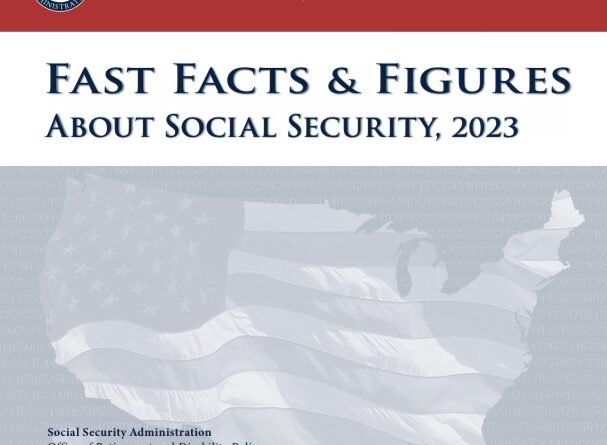Fast Facts & Figures About Social Security, 2023
By Social Security Administration
People contribute to Social Security through payroll taxes or self-employment taxes, as required by the Federal Insurance Contributions Act (FICA) and the Self-Employment Contributions Act (SECA). The maximum taxable amount is updated annually on the basis of increases in the average wage. Of the 181 million workers with earnings in Social Security–covered employment in 2022, about 7% had earnings that equaled or exceeded the maximum amount subject to taxes, compared with 3% when the program began and a peak of 36% in 1965. About 83% of earnings in covered employment were taxable in 2022, compared with 92% in 1937.
Get the report here











